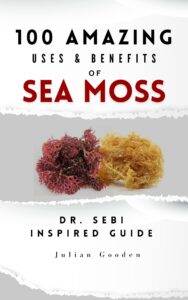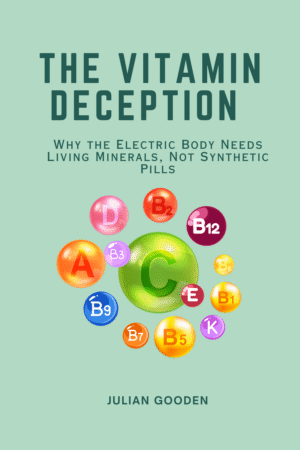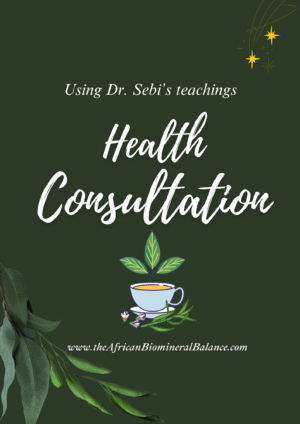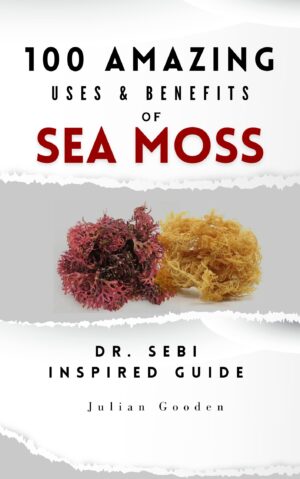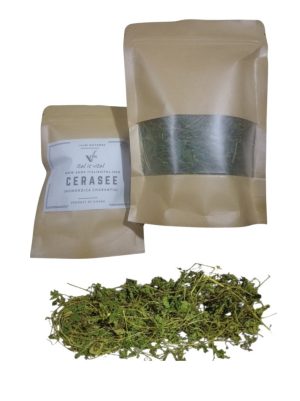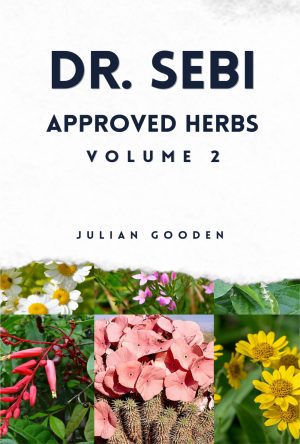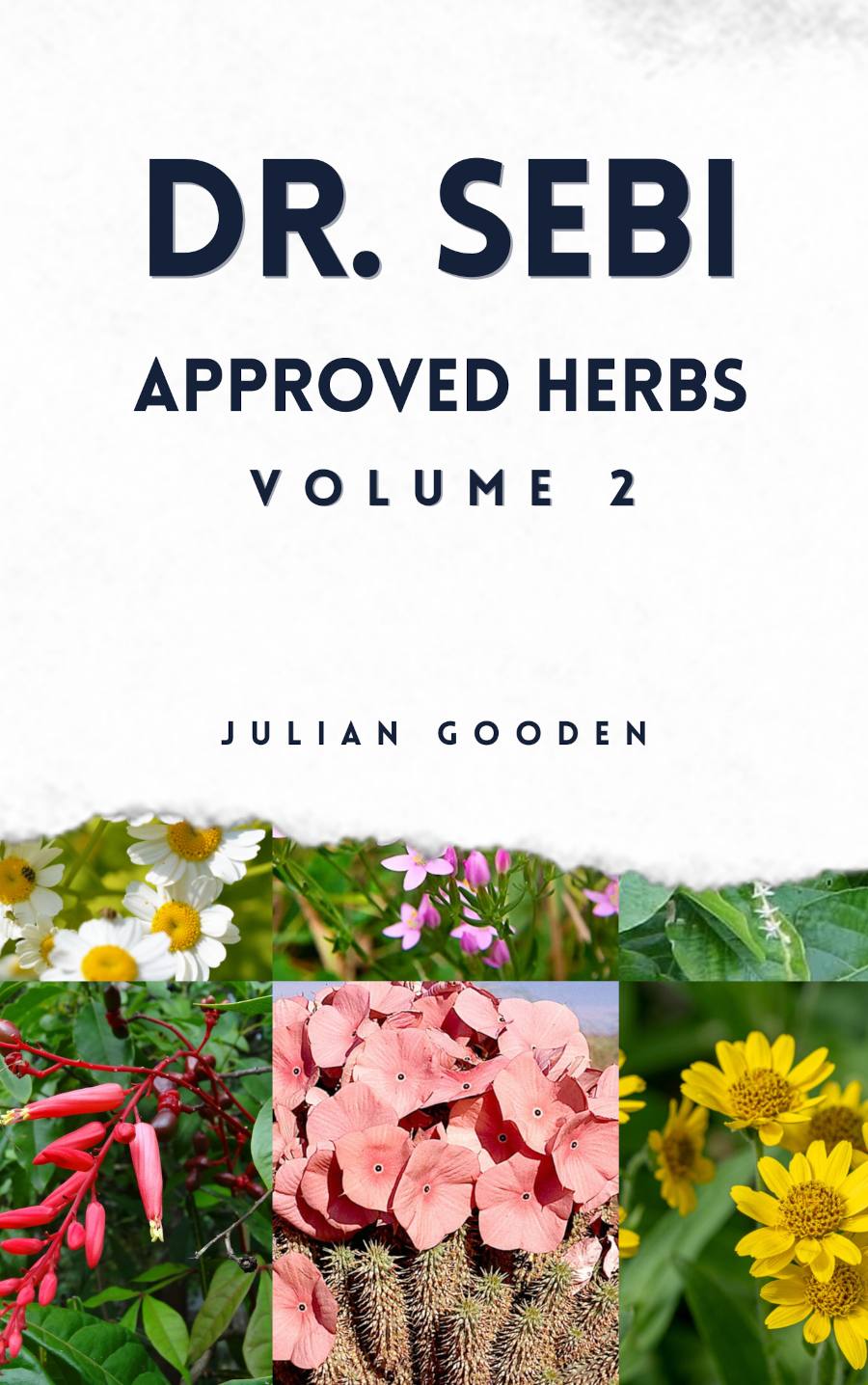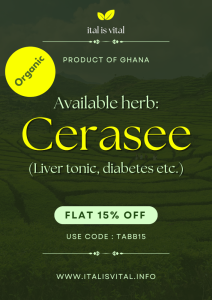Capadulla, also known as Kapadula, Capadula, or Capa duela, is a potent climbing vine used in traditional herbal medicine across South America and the Caribbean, particularly in Guyana, Suriname, and the Amazon region. Renowned for its aphrodisiac properties, especially for men, it is also valued as a blood purifier, circulatory stimulant, and remedy for joint and bone health. Below is a detailed exploration of its botanical characteristics, traditional uses, preparation methods, precautions, and its alignment with Dr. Sebi’s herbal teachings.
Botanical Overview
- Common Names: Capadulla, Capadula, Capa duela, Dulong vine
- Botanical Name: The term “Capadulla” refers to multiple species, primarily woody vines from the Doliocarpus and Banisteriopsis genera, found in rainforest ecosystems.
- Plant Parts Used: Bark, stem, and root are the primary parts harvested for medicinal use.
These vines thrive in the humid, tropical climates of rainforests, where they climb trees and other structures, making them a staple in indigenous herbal practices.
Traditional Uses
Capadulla has a long history of use in folk medicine, with applications rooted in its stimulating and restorative properties. Its key uses include:
- Aphrodisiac and Libido Booster:
Capadulla is widely celebrated for enhancing male virility, stamina, and sexual performance, earning it the nickname “nature’s Viagra” in some communities. It is typically prepared as a tonic by steeping the bark or roots in wine or rum for weeks or boiling it into a tea for daily consumption. - Blood Tonic and Circulatory Health:
Traditionally used to purify and enrich the blood, Capadulla is used to stimulate circulation and support detoxification processes in the body. This makes it a popular remedy for those seeking to improve overall vitality and energy levels. - Joint and Bone Health:
Capadulla is valued for alleviating arthritis, joint pain, and stiffness. It nourishes and rebuilds cartilage and connective tissues, making it a go-to herb for musculoskeletal health in traditional practices. - Fertility and Reproductive Tonic:
Both men and women use Capadulla to support reproductive health and enhance fertility. It is often combined with other herbs to amplify its effects on sexual vitality and hormonal balance. - Anti-inflammatory Properties:
The herb is used to reduce inflammation throughout the body, which may contribute to its effectiveness in treating joint issues and other inflammatory conditions.
Preparation Methods
Capadulla is typically prepared in one of the following ways to extract its medicinal properties:
- Decoction (Tea): The bark or roots are boiled in water for 20-30 minutes to create a potent tea, which is consumed in small quantities.
- Tonic (with vegetable glycerine): The bark is steeped glycerin (5:1 of glycerin to herb) for several weeks, allowing the active compounds to infuse. This tonic is taken in small daily doses for sustained effects.
- Herbal Blends: Capadulla is often combined with complementary herbs such as Sarsaparilla, Chaney root, or Sea Moss to enhance its therapeutic benefits.
Caution and Considerations
While Capadulla is revered for its potency, it should be used with care:
- Potency and Dosage: Due to its strong stimulating effects, Capadulla should be consumed in moderation to avoid overstimulation or adverse reactions.
- Blood Pressure: Its circulatory-stimulating properties may increase blood pressure in some individuals, so those with hypertension should use it cautiously.
- Proper Identification: Multiple species are marketed as Capadulla, and their effects may vary. Ensure the herb is sourced from a reputable supplier to avoid misidentification.
- Pregnancy and Breastfeeding: Pregnant or breastfeeding individuals should consult a healthcare professional before using Capadulla, as its safety in these contexts is not well-documented.
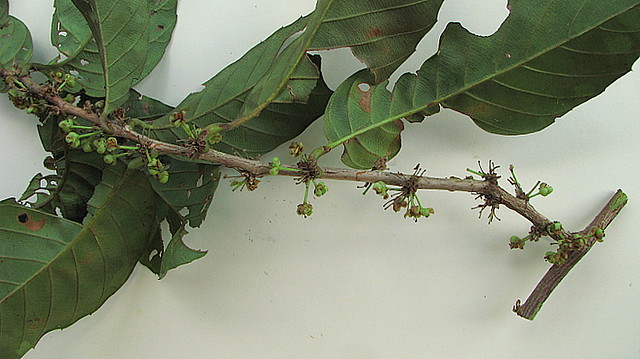
Capadulla Herbal Formulas
Below are three herbal formulas featuring Capadulla, inspired by traditional Caribbean uses and aligned as closely as possible with Dr. Sebi’s principles of using wild-crafted, non-hybrid, alkaline herbs. These blends target sexual vitality, joint health, and blood cleansing, leveraging Capadulla’s reputed benefits in these areas.
Capadulla Aphrodisiac Tonic – Alcohol-Free Men’s Vitality Blend
Purpose:
Supports male libido, stamina, circulation, and overall vitality using nutrient-rich, mineral-packed herbs.
Ingredients (Alcohol-Free Herbal Decoction)
- Capadulla bark or stem – 2 handfuls (chopped)
- Chaney Root (Smilax balbisiana) – 1 handful
- Sarsaparilla (Smilax ornata or S. regelii) – 1 handful
- Irish Moss (Sea Moss, dried) – 1 handful
- Damiana (Turnera diffusa) – 2 tablespoons (optional – enhances aphrodisiac effects)
- Burdock Root – 2 tablespoons
- Spring water – 6 cups
Preparation
- Prepare the herbs – Wash thoroughly and chop the woody herbs (Capadulla, Chaney Root, Sarsaparilla, Burdock Root) into small pieces to maximize extraction.
- Decoction stage – Place the chopped woody herbs in a stainless steel or glass pot. Add 4 cups of the spring water (reserve the remaining 2 cups for later). Bring to a gentle boil, then reduce to a low simmer for 30-40 minutes.
- Add mineral-rich herbs – Add the Irish Moss and Damiana (if using) along with the remaining 2 cups of water. Cover and simmer for 15 more minutes.
- Steep & strain – Turn off heat and allow the mixture to steep for 10 minutes. Strain through cheesecloth or a fine strainer.
- Cool & store – Once cooled, pour into a glass jar or bottle. Store in the refrigerator for up to 5 days.
Dosage
- Drink 1 cup daily, preferably in the morning or early afternoon to benefit from the energizing properties.
- Can be enjoyed warm or at room temperature.
Tip: For a longer shelf life, the tea can be simmered down to a concentrated extract, then stored in the fridge and diluted with warm water before drinking. You could also add a little agave for taste if desired.
2. Joint & Bone Nourishment Formula
Purpose: Reduces inflammation, supports connective tissues, and promotes joint health.
Type: Decoction (boiled tea).
Ingredients:
- Capadulla bark – 1 handful
- Yellow Dock Root (Rumex crispus) – 1 tablespoon
- Nettle Leaf (Urtica dioica) – 1 tablespoon
- Horsetail (Shavegrass, Equisetum arvense) – 1 tablespoon
- Sarsaparilla root – 1 tablespoon
- Bladderwrack – 1 tablespoon (added after boiling)
Preparation:
- Combine Capadulla, Yellow Dock, and Sarsaparilla in 5 cups of spring water and boil for 25–30 minutes.
- Remove from heat, add Nettle and Horsetail, and steep for 15 minutes.
- Add Bladderwrack and steep for an additional 10 minutes.
- Strain the mixture and store in a glass container.
Dosage: Drink 1 cup twice daily, preferably morning and evening.
3. Blood Purification & Circulation Blend
Purpose: Cleanses and enriches the blood, stimulates circulation, and supports detoxification.
Type: Tea or decoction.
Ingredients:
- Capadulla bark – 1 handful
- Dandelion Root – 1 tablespoon
- Elderberry (dried berries or flowers) – 1 tablespoon
- Burdock Root – 1 tablespoon
- Guaco (Mikania glomerata) – 1 tablespoon (if available)
- Ginger Root – 1 teaspoon (optional, enhances circulation)
Preparation:
- Boil Capadulla and Burdock Root in 4-5 cups of spring water for 25 minutes.
- Add Dandelion Root and Elderberry, then steep for 15 minutes off heat.
- If using Guaco and Ginger, add during the final 5 minutes of steeping.
- Strain and sip throughout the day.
Dosage: Consume 1–2 cups daily, spread throughout the day for consistent benefits.
Notes
- Water Quality: Use spring water for all preparations to align with Dr. Sebi’s emphasis on natural, unprocessed ingredients.
- Sweeteners: Avoid refined sugar. If sweetening is needed, use date syrup or agave sparingly.
- Usage Cycle: Take these formulas for 3-4 weeks, then pause for 1 week to assess effects and prevent overstimulation.
- Sourcing: Ensure herbs are wild-crafted or organic to maintain alignment with Dr. Sebi’s principles. Verify the identity of Capadulla, as multiple species may be sold under this name.
These formulas combine Capadulla with complementary herbs to maximize its traditional benefits while adhering to alkaline, plant-based principles. Consult a herbalist for those with pre-existing conditions or on medication.
Dr. Sebi and Capadulla
While Capadulla is not explicitly listed in Dr. Sebi’s published nutritional guide, it aligns closely with the principles of his herbal perspectives as it is an ingredient in his popular Testo 1 male formula:
- Electrical Nature: As a wild-crafted, non-hybrid plant, Capadulla fits Dr. Sebi’s emphasis on natural, alkaline herbs that support the body’s bioelectric balance.
- Shared Benefits: Its traditional uses for blood purification, joint health, and sexual vitality mirror the therapeutic goals of many herbs such as Sarsaparilla and Burdock root.
Capadulla’s properties focus on energy and detoxification.
Summary
Capadulla is a revered herbal vine with centuries of use in South American and Caribbean traditional medicine. Its primary applications include enhancing male sexual health, improving circulation, supporting joint and bone health, and promoting fertility. While modern clinical research on Capadulla is limited, its enduring popularity in folk medicine underscores its efficacy. The herb’s versatility in preparation, whether as a tea, tonic, or part of an herbal blend, makes it accessible for various uses. However, caution is advised due to its potency and potential effects on blood pressure. For those seeking a natural boost to energy, libido, and overall vitality, Capadulla remains a powerful option rooted in cultural tradition.
References
- Cohall, D. (2014). Medicinal Plants of Barbados for the Treatment of Communicable and Non-communicable Diseases. University of the West Indies Press.
- Clement, Y. N., et al. (2021). Knowledge, Attitudes and Practices on the Use of Botanical Medicines in a Rural Caribbean Territory. PMC, National Center for Biotechnology Information. https://pmc.ncbi.nlm.nih.gov/articles/PMC8544377/
- Duke, J. A. (2008). Duke’s Handbook of Medicinal Plants of Latin America. CRC Press.
- ItalisVital.info (2018). Capadulla. https://italisvital.info/capadulla/
- Leaf of Life Herbs (2025). Capadulla Bark Wildcrafted. https://leafoflifeherbs.com/products/capadulla-bark-wildcrafted
- Martinez, M. (2017). Medicinal Plants from North and Central America and the Caribbean Considered Toxic for Humans: The Other Side of the Coin. Hindawi, Evidence-Based Complementary and Alternative Medicine. https://www.hindawi.com/journals/ecam/2017/9439868/
- Seethapathy, G. S., et al. (2023). Unlocking Potentially Therapeutic Phytochemicals in Capadulla (Doliocarpus dentatus) from Guyana Using Untargeted Mass Spectrometry-Based Metabolomics. PMC, National Center for Biotechnology Information. https://pmc.ncbi.nlm.nih.gov/articles/PMC10552406/
- Vibrans, H. (2020). Weeds and Useful Plants of Mexico. Instituto Nacional de Ecología y Cambio Climático, Mexico.
- Dr. Sebi’s Cell Food (2025). Official Web Store. https://drsebiscellfood.com/
- Lans, C. (2015). An Ethnobotanical Survey of Medicinal Plants in Trinidad. Journal of Ethnobiology and Ethnomedicine. https://ethnobiomed.biomedcentral.com/articles/10.1186/s13002-015-0052-0




